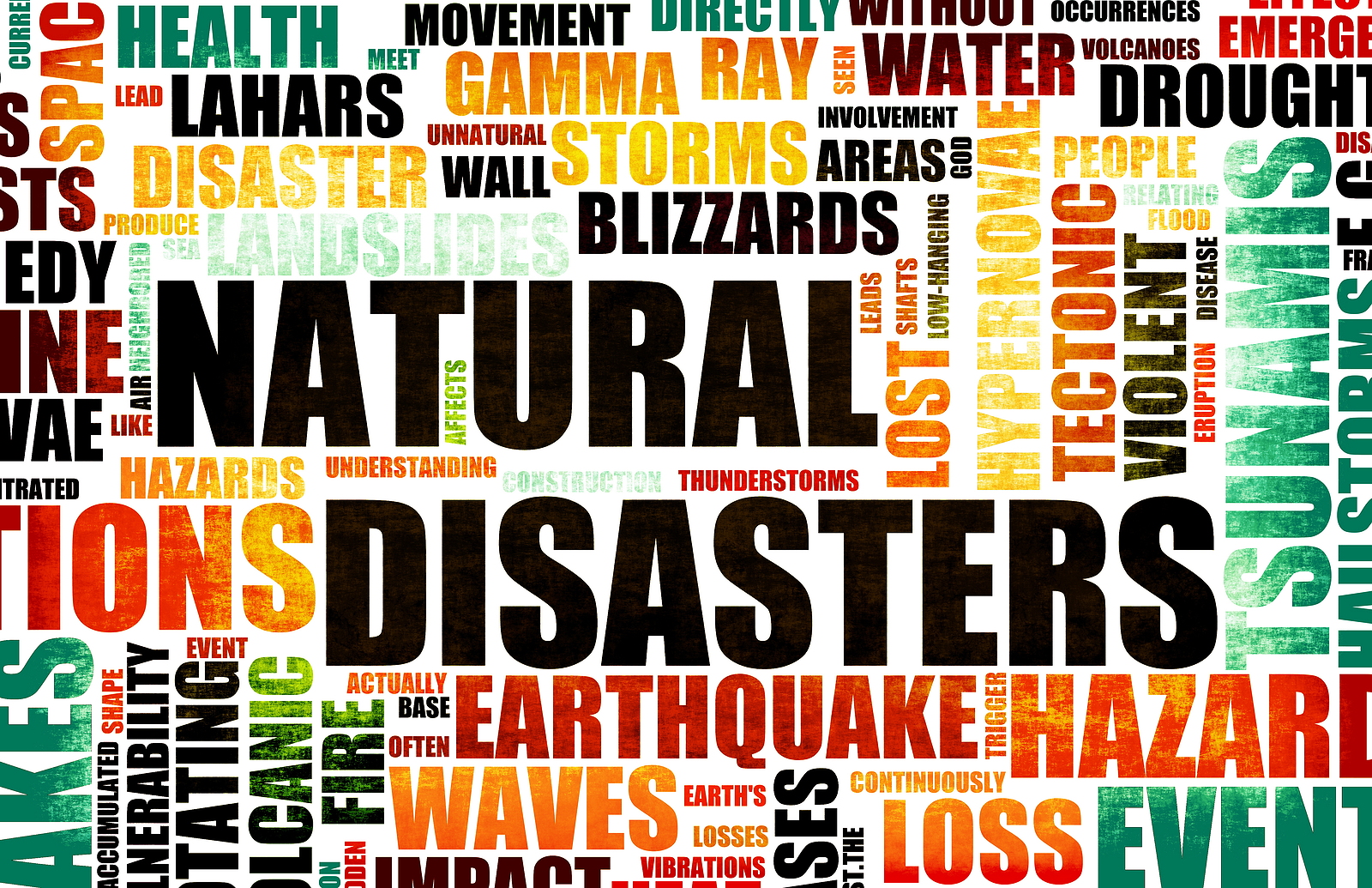According to the Environmental Protection Agency, “Each September, National Preparedness Month encourages and reminds Americans to be prepared for disasters or emergencies in their homes, businesses, and communities.”
Nothing could have prepared us for the COVID19 pandemic. Basic disaster preparedness, however, would’ve kept Americans out of the lines at the grocery store, facing bare shelves.
While California burns and two tropical storms threaten the Gulf Coast, it’s a good time to remind homeowners that preparation is the key to meeting your most critical needs during an emergency.
Make a plan
Preparing your home and family for emergencies requires planning. The first step is to make a list of what you’ll need, such as food, medical supplies and lots of water.
You’ll find an extensive list of emergency supplies at Ready.gov. Some of the most important, aside from the aforementioned, include:
- Batteries
- Books, puzzles, games for the kids
- Cash
- Cell phone chargers and a back-up battery
- Change of clothing (including shoes) for the entire family
- Contact lens solution and an extra set of prescription glasses
- Feminine supplies
- Fire extinguisher
- First Aid kit
- Flashlights
- Important documents such as copies of insurance policies, birth certificates, bank account numbers
- Infant formula, bottles and other supplies
- Manual can opener
- Matches in a waterproof container
- Moist toilettes
- Non-prescription medications
- Paper and pencil
- Paper plates and cups and plastic utensils
- Pet food and extra water for your pet
- Sleeping bag or warm blanket for each person
If money is tight right now, as it is for many Americans, take the accumulation of supplies at a slower pace. Purchase an extra can of food when grocery shopping, or stock up on water first.
Store your supplies
You’ll want to keep your kit in a cool, dry place that is easily accessible in an emergency. Ensure that every member of the family can access it safely.
Many preppers suggest keeping the emergency supplies in backpacks in case you need to leave the home quickly. Even a child can carry some supplies in a lightweight backpack.
You aren’t finished yet
To be fully prepared, you’ll need a smaller version of the home kit for your car and one for your office.
For the latter, pare it down to at least 24 hours’ worth of food and water, but also include any medications you use daily, walking shoes or boots and a jacket.
Your car kit can, and should, contain much of what you are storing at home, plus the addition of the following:
- Blankets
- Car cell phone charger
- Cat litter or sand (for better tire traction)
- Extra change of clothing, including sturdy walking shoes
- Flares
- Ice scraper
- Jumper cables
- Map
Learn more about how to prepare the car for emergencies at Ready.gov.
On a final note, keep those important documents in a secure container where they will remain dry. Consider investing in a metal lock box, such as this one sold at Amazon.com
You must contact your homeowners’ insurance company immediately after the disaster to be eligible for FEMA assistance, so keep that policy safe.





